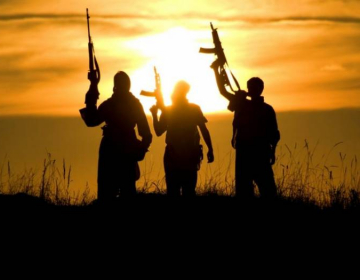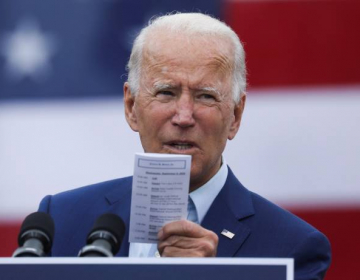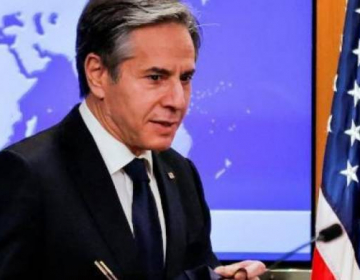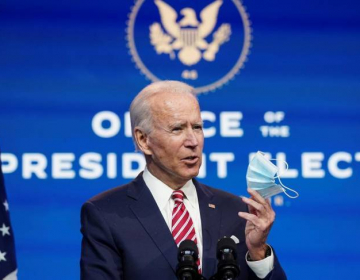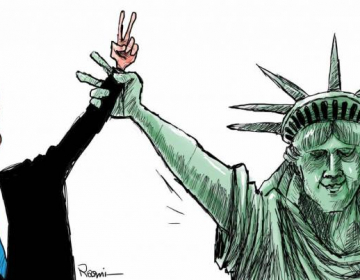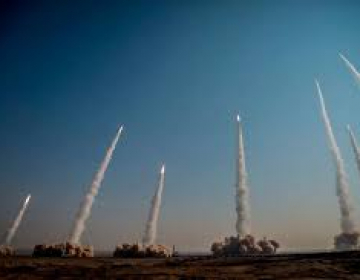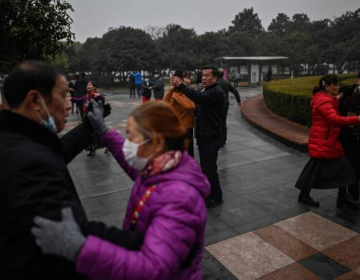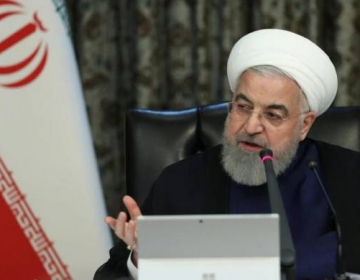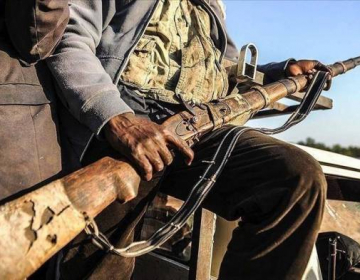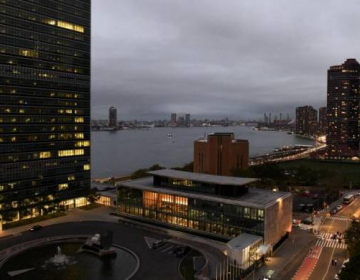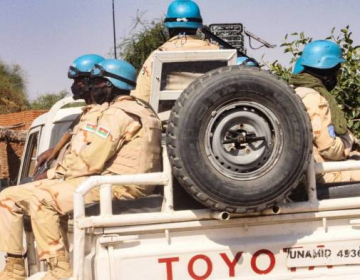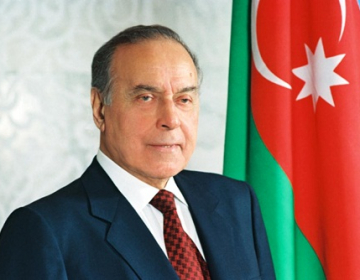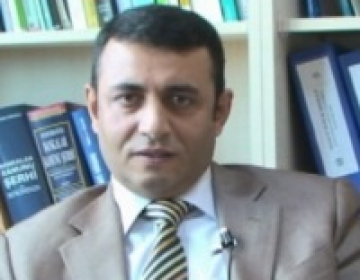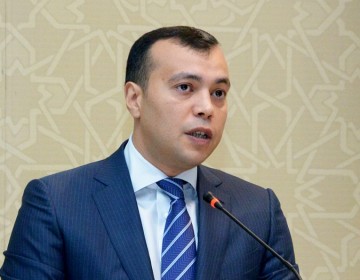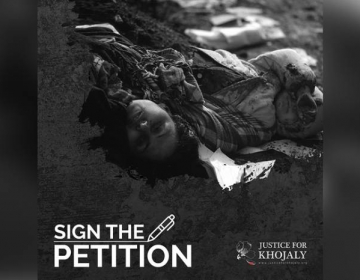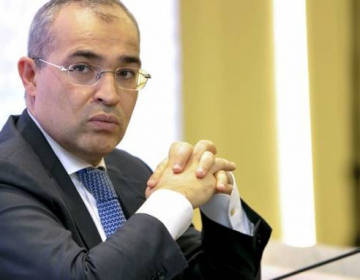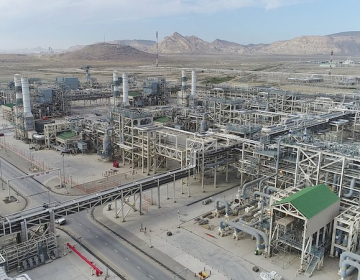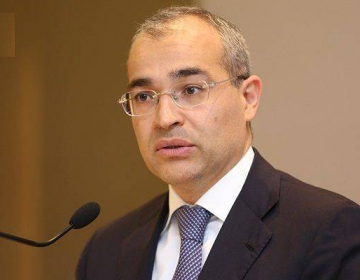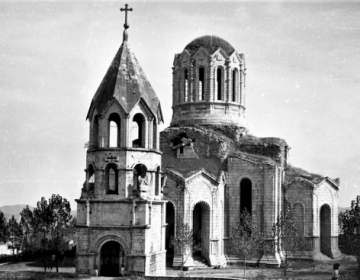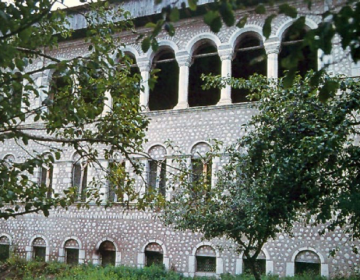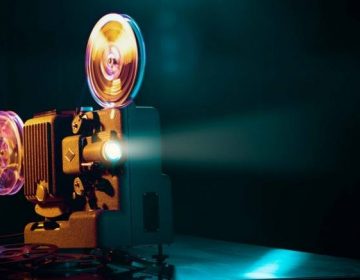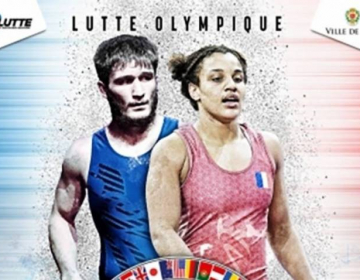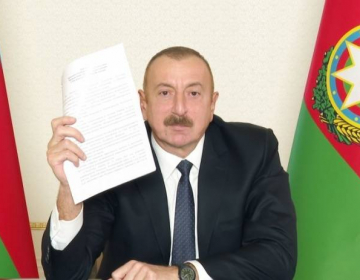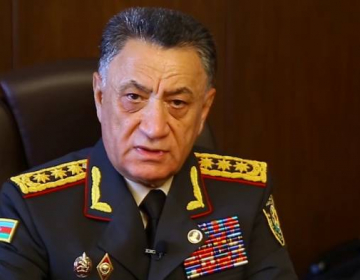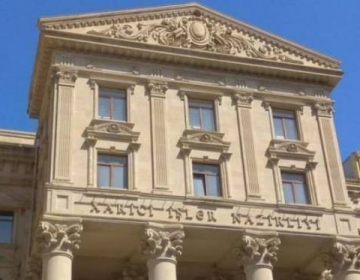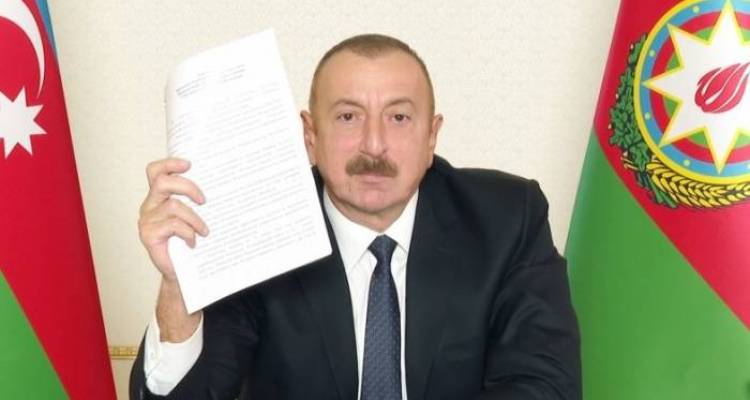Eureporter.co
By Tori Macdonald
Last week on 29 May, Azerbaijan reached the 200-day mark since the formal signing of the trilateral agreement between Azerbaijan, Armenia and Russia to end a nearly 30-year Armenian occupation of the Nagorno-Karabakh region, writes Tori Macdonald.
Since the peace treaty was signed, Azerbaijan has been actively preparing to restore the damage that was caused during the conflict last year. This includes plans to rebuild and redevelop the newly liberated territories and assisting those who were forced to leave during the last few decades, back to their homes.
The ten main advancements that Azerbaijan have made during this 200-day window include:
An allocation of $1.3+ billion by the Azerbaijan government to reconstruct the region. The funds are already being implemented and works are well underway in the larger towns including the restoration of historical monuments, museums, mosques and more.
The Ministry of Culture have conducted initial measures for territorial monitoring through the registration and inspection of 314 historical and cultural state monuments; most of which had been devastated during the Armenian occupation.
Almost 35,000 unexploded munitions have been cleared from more than 9,000 hectares of land. The planting of these ordnances in the past have either killed or injured over 120 Azerbaijanis.
15,000+ people have signed one of the most popular petitions on change.org, appealing Armenia to reveal the locations of the remaining unexploded munitions yet to be found.
Green focussed reconstruction works are underway following major discussions between the government and large corporations such as TEPSCO and BP to set up renewable energy plants in the liberated territories such as a solar energy production facility.
Starting in 2022, developments for the first Smart Villages will begin in the district of Zangilan. 'Smart Villages' are communities in rural areas that use innovative solutions to improve their resilience, building on local strengths and opportunities.
The reconstruction of infrastructure to facilitate the return of IDPs to the region have begun. The works have so far included 600km of roads, regional interlinking motorways, more than 150km of railway tracks as well as planning for the creation of 3 airports: one of which international.
A blueprint for the reformation of the major city of Agdam has been confirmed and approved. It involves the creation of an industrial park, victory and memorial parks, and links for the motorway and railway connecting Agdam with the Barda district.
An inventory of 13,000+ buildings and 1,500km+ of roads in 169 settlements in 10 liberated regions has been completed ahead of restoration works. 409 settlements had been obliterated during the Armenian occupation.
For the first time in almost 30 years, Shusha, the cultural capital of Azerbaijan hosted the Khari Bulbul Music Festival.
A remarkable series of efforts considering how much work is required in these devastated areas.
It will be interesting to see how the plans continue to evolve and unfold over the coming 200 days and beyond.
This resilience may well be a source of international recognition for Azerbaijan, considering of course the ongoing demands of the COVID-19 pandemic continuing to play a major role in everyday affairs.
pia.az







